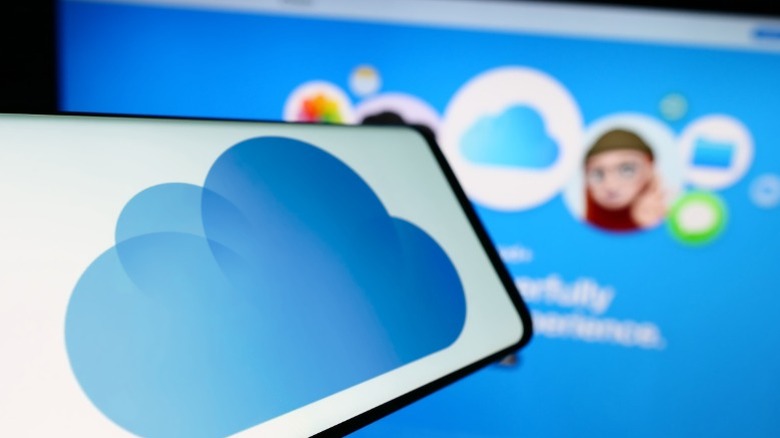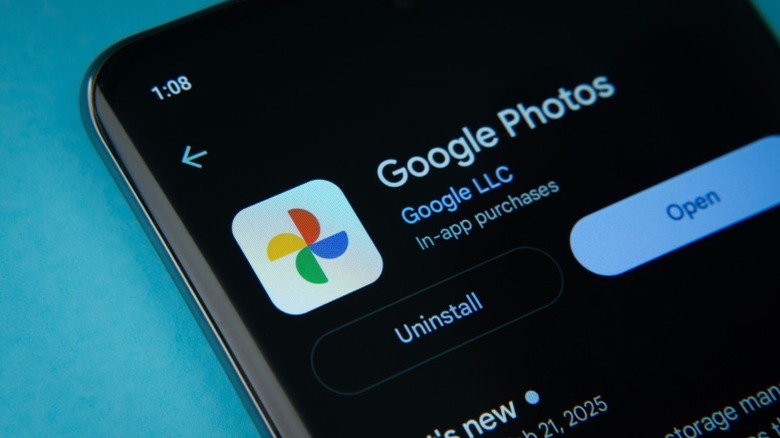iCloud Photos Vs Google Photos: Which Is Easier To Use When Backing Up Your Pictures?
Growing megapixel counts and social media frenzy have pushed modern smartphone releases to ship with higher-tier storage versions. Gone are the days when a 32GB or 64GB storage option could make ends meet — many flagships now start at 256GB as the base capacity, and can soar past 1TB.
All of this space can accommodate more apps and games than ever before, but the single most space-hogging element on most of our phones is media. Be it photos of your cat or videos of concerts — space fills up rather quickly, especially given how much smartphone cameras have improved over the years.
If you do inadvertently run out of internal storage and don't own one of the rare few Android phones with an SD card slot, your best bet is to rely on the cloud. Some of the widely used cloud storage options include Dropbox and OneDrive — but the majority of the population is either carrying an Android or iOS device in their pocket — and for those that do, you have first-party services at your disposal that work quicker, more reliably, and seamlessly.
We're talking about Google Photos and Apple's iCloud Photos. Though a person with an iPhone is going to assume that the default should be Apple's own offering, you can actually use Google Photos on iOS as well as on Android. Backing up your memories using either provider is a similar and easy process, but which one should you pick?
iCloud Photos works like magic for Apple users
If you own an iPhone, work on a Mac, and brainstorm using an iPad — no Windows or Android devices in sight — then using iCloud for all your backup and restore needs is a no-brainer. It's a service pre-installed on every compatible Apple device and syncs effortlessly.
On your iPhone, navigate to Settings > iCloud > iCloud Photos, and turn the "Sync this iPhone" toggle on to make sure any photos and videos you take on your device are synced to the cloud. You can check for the synchronization progress at the top in the Photos app.
In our experience, the backup process when dealing with iCloud — especially if you have a hefty library — is quite time-consuming, even with a snappy internet connection. Apple is also nitpicky about when the sync takes place, and you might have to leave your iPhone plugged in for best results. For all the ecosystem advantages it has to offer, users are unfortunately stuck with a measly 5GB of iCloud storage with the free tier.
However, once all your devices are in sync, all of your albums are easily accessible through the Photos app on iPhone, iPad, and Mac. Android users are unfortunately required to head to the iCloud website in a browser and sign into their Apple account to access their photos and videos. On Windows, you can access your iCloud Photos via the dedicated app.
Google Photos is a more universal solution
Unlike iCloud, Google Photos is a service that works just as well on iOS as it does on Android. It's preinstalled on many Android phones and available as a free app for the iPhone. All you need is a Google account to get started — and that gets you a comparatively more comfortable 15GB of storage space to work with.
On your Android or iOS device:
- Launch the Google Photos app.
- Tap on your profile picture at the top.
- Select "Google Photos settings" from the pop-up menu.
- Navigate to "Backup" and turn the toggle on.
Here, you can select the backup quality of your photos and videos, and decide if you want to continue library sync over your mobile network, or keep the process restricted to when you're connected to Wi-Fi. You can then check the backup progress by tapping on your profile picture again.
You can also select specific device folders that you wish to back up on Google Photos. This way, you can exclude media files from apps that aren't as important. Photos synced with Google Photos can then be accessed on any device by logging into the same Google account, either through the app or the web version in a browser.
In practice, both iCloud Photos and Google Photos work automatically and seamlessly once set up. iCloud is better suited if you exclusively use Apple products, while Google Photos can be treated as a more universal, cross-platform option.


